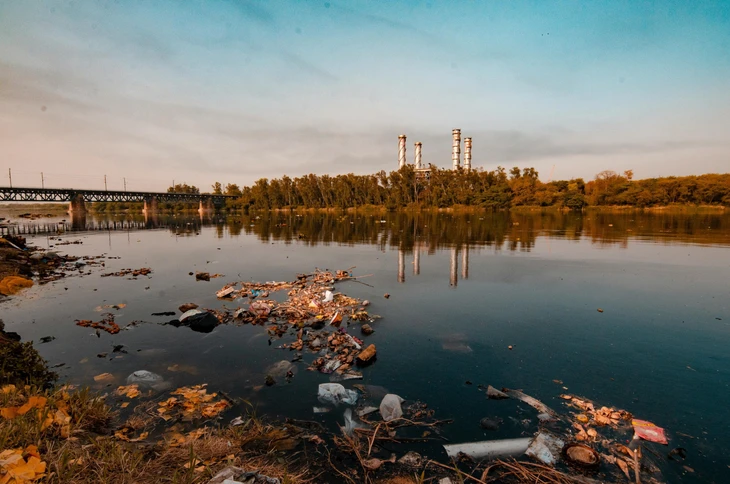
Millions of kilometres of rivers around the world are contaminated with antibiotics - Photo: YOGENDRA SINGH/PEXELS
Millions of kilometers of rivers around the world are contaminated with antibiotics at levels high enough to promote resistance and harm aquatic life, according to Phys .
Thousands of tons of antibiotics discharged into rivers
Researchers from McGill University (Canada) calculate that about 8,500 tons of antibiotics - nearly a third of what humans consume each year - are released into river systems worldwide every year, even after passing through wastewater treatment systems.
“Residues from individual antibiotics only form very small concentrations in most rivers, making them very difficult to detect.
But chronic and cumulative environmental exposure to these substances still poses risks to human health and aquatic ecosystems,” said Heloisa Ehalt Macedo, a postdoctoral fellow in geography at McGill University and lead author of the study.
The team used a global model, validated with field data from nearly 900 river sites.
They found that amoxicillin, the most widely used antibiotic in the world, was likely to be present at the highest risk levels, particularly in Southeast Asia.
Here, increased use of antibiotics and limited wastewater treatment systems have exacerbated the problem.
Unwanted effects
“This study is not meant to be a warning about antibiotic use. We need antibiotics for global health, but the results show that there are unintended effects on aquatic environments and antibiotic resistance,” said Bernhard Lehner, professor of global hydrology in McGill University’s department of geography and co-author of the study.
The findings are particularly notable because the study did not take into account antibiotic sources from livestock or pharmaceutical factories — both of which are major sources of environmental pollution.
"The study results show that antibiotic pollution in rivers from human consumption is already a serious problem. The problem is likely to be even more serious if veterinary or industrial sources are added," said Jim Nicell, professor of environmental engineering at McGill University.
“There is therefore a need for monitoring programs to detect antibiotic or other chemical contamination in water sources, especially in high-risk areas,” he added.
Source: https://tuoitre.vn/tai-sao-con-nguoi-uong-khang-sinh-lai-khien-song-o-nhiem-20250514191717679.htm


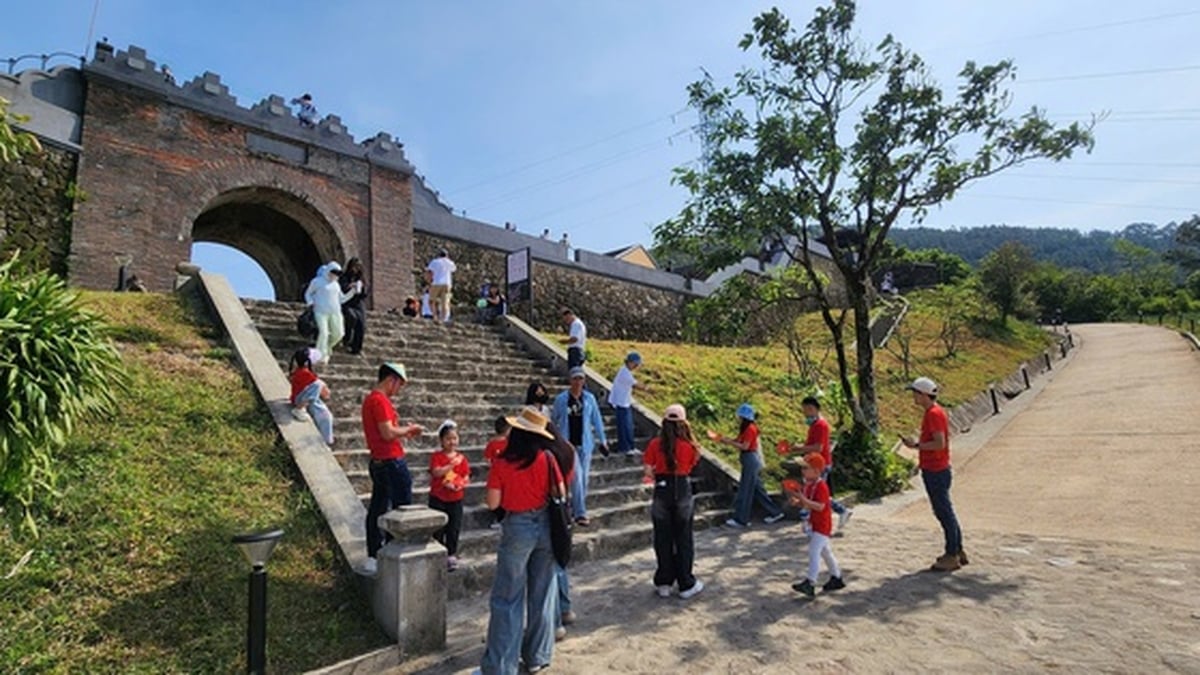
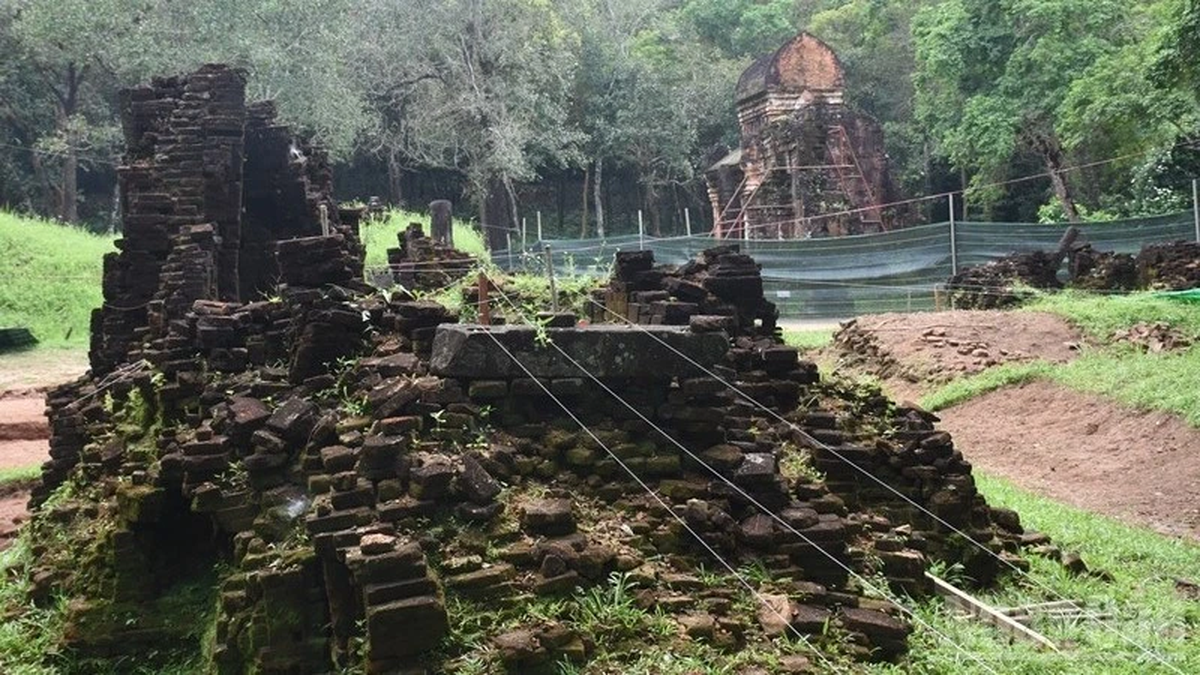

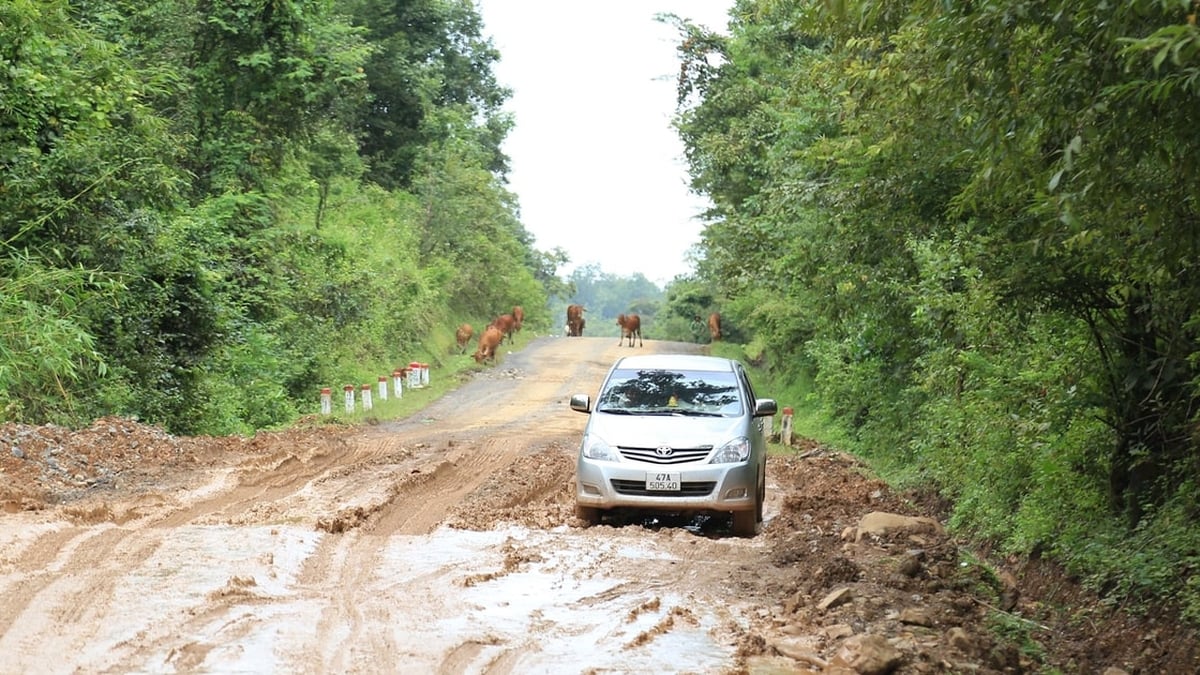
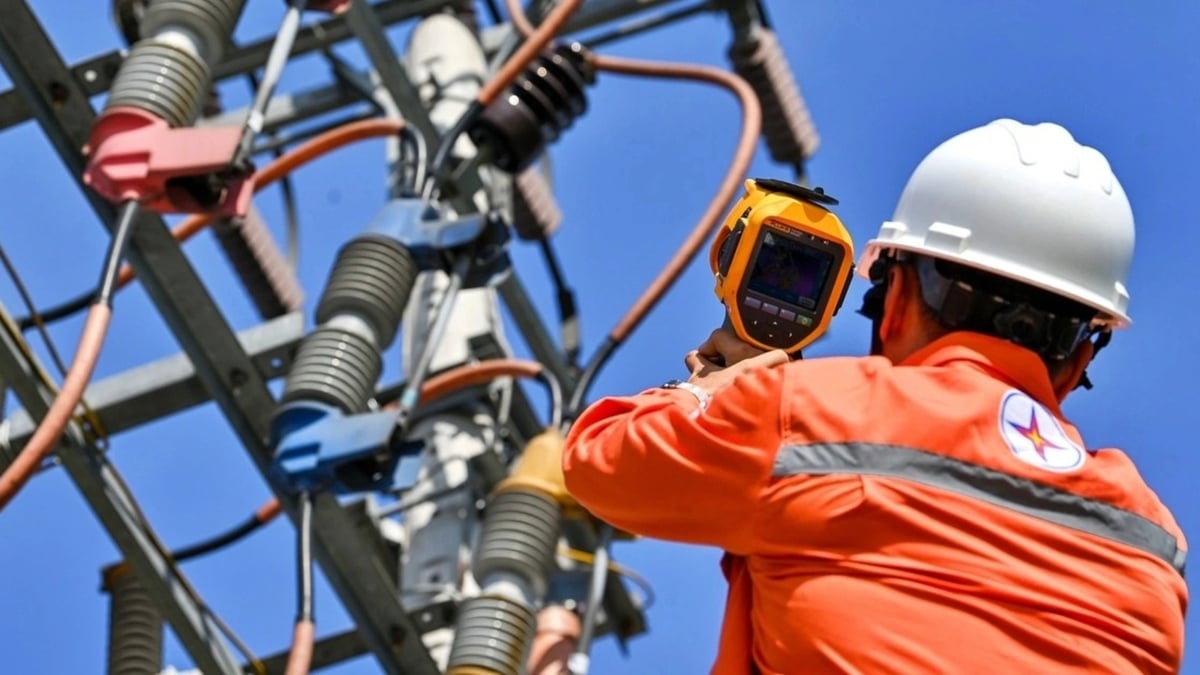




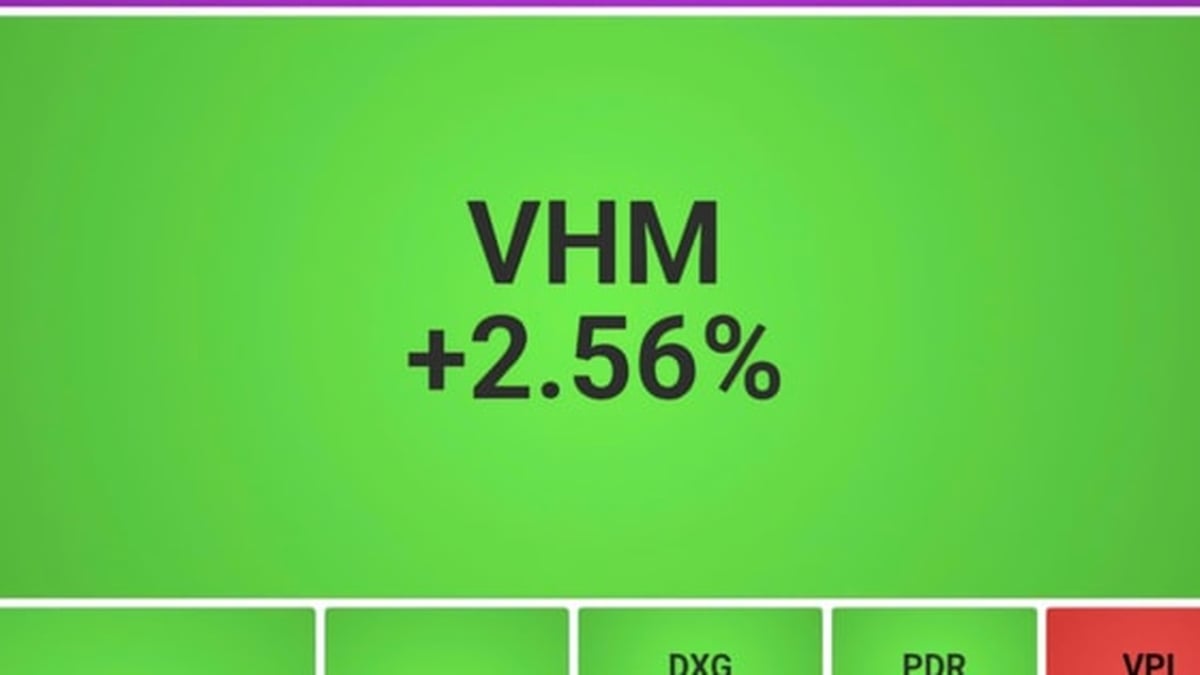













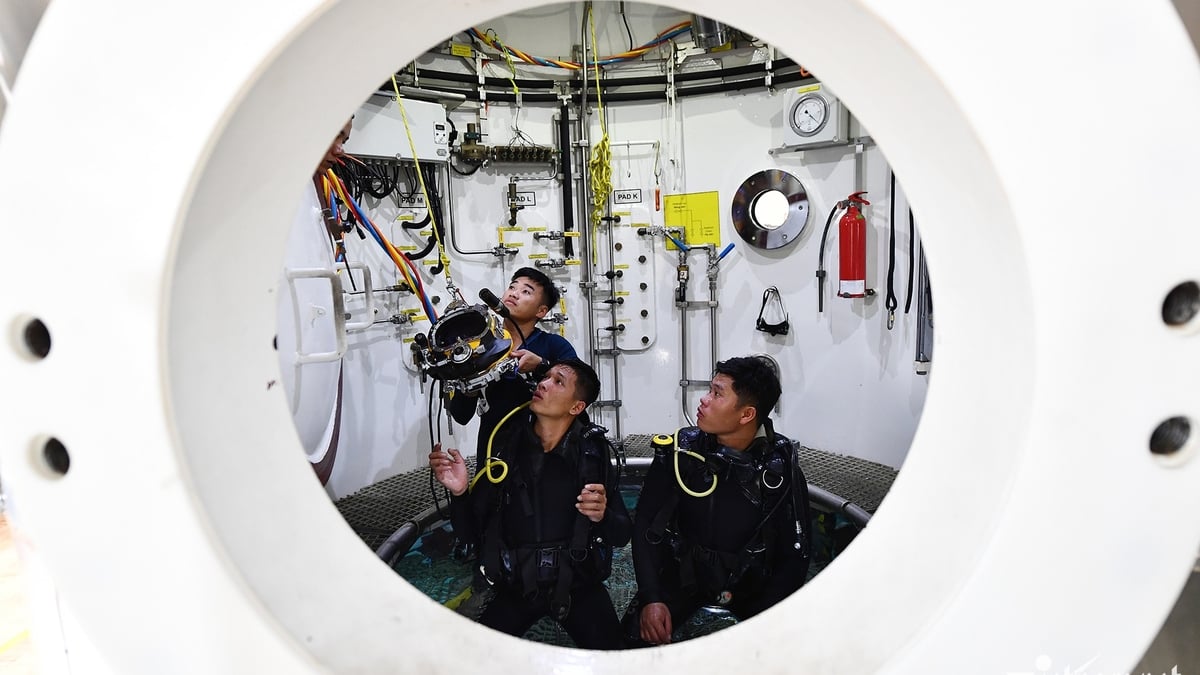




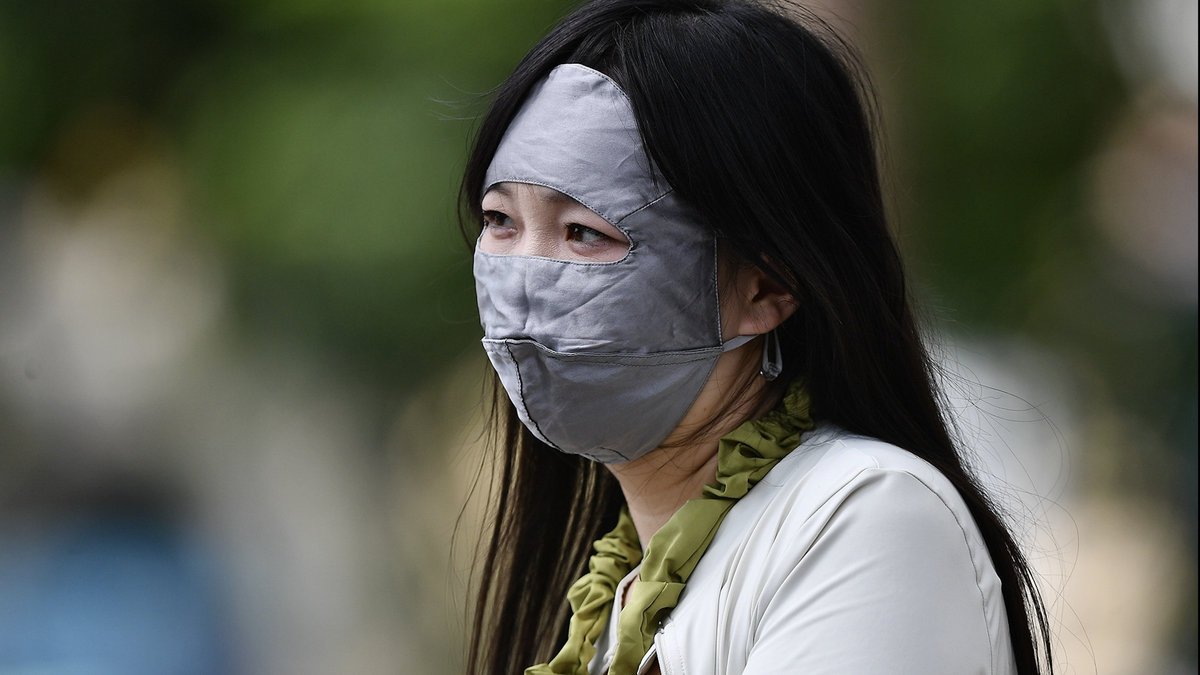
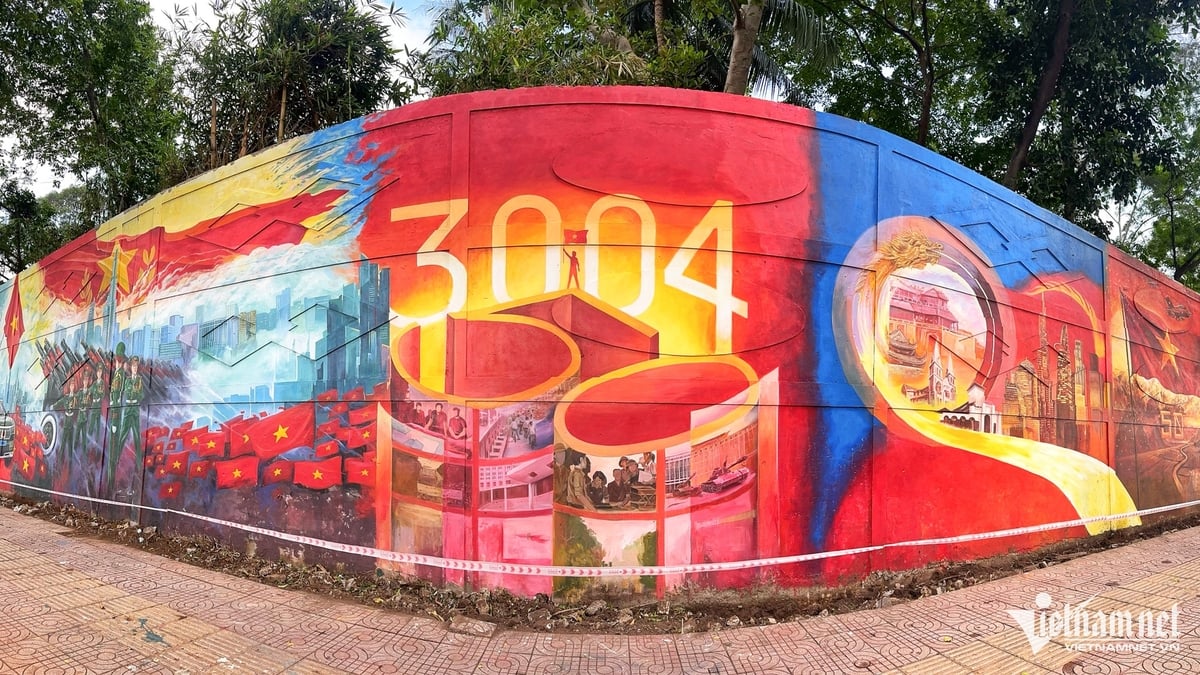
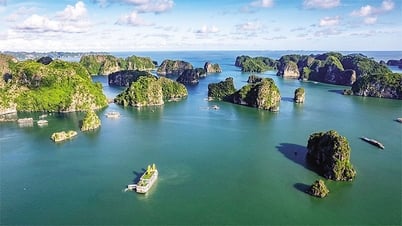

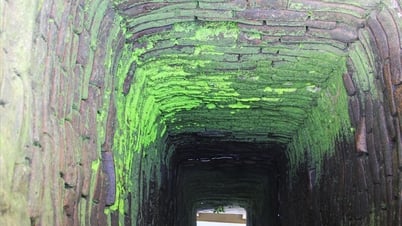

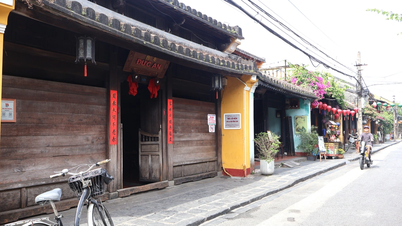

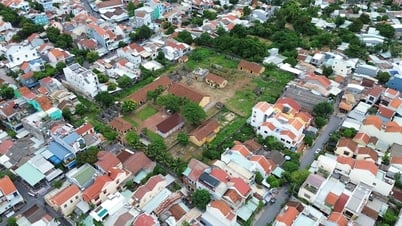



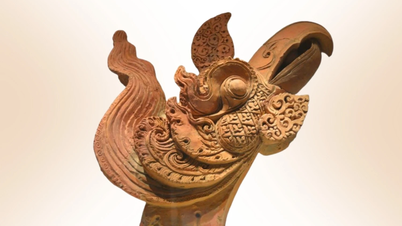















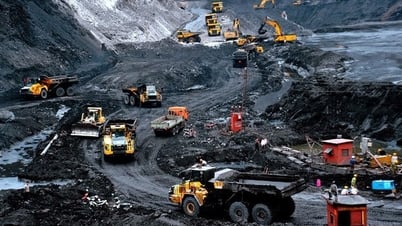

















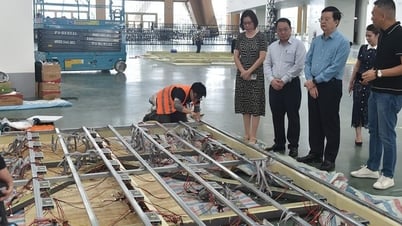
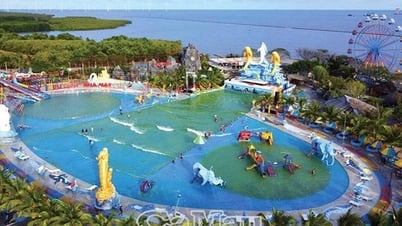









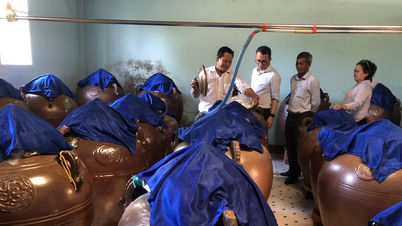



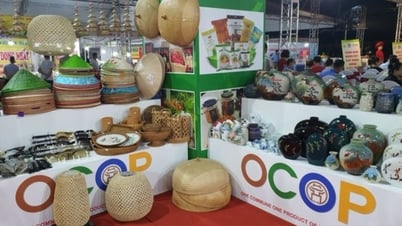





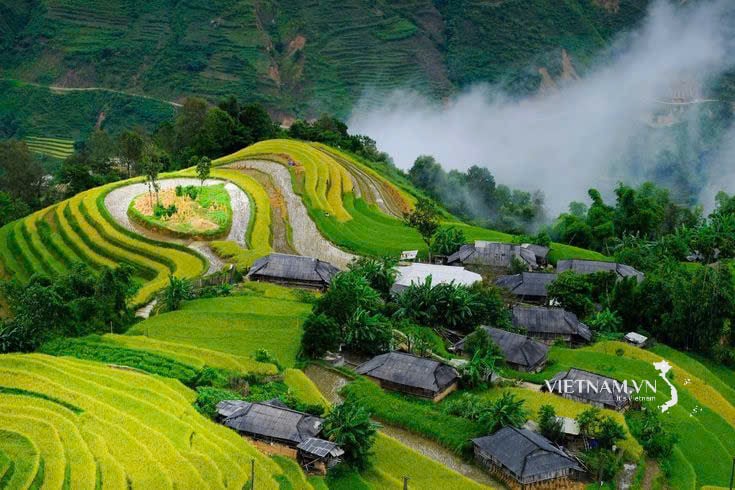
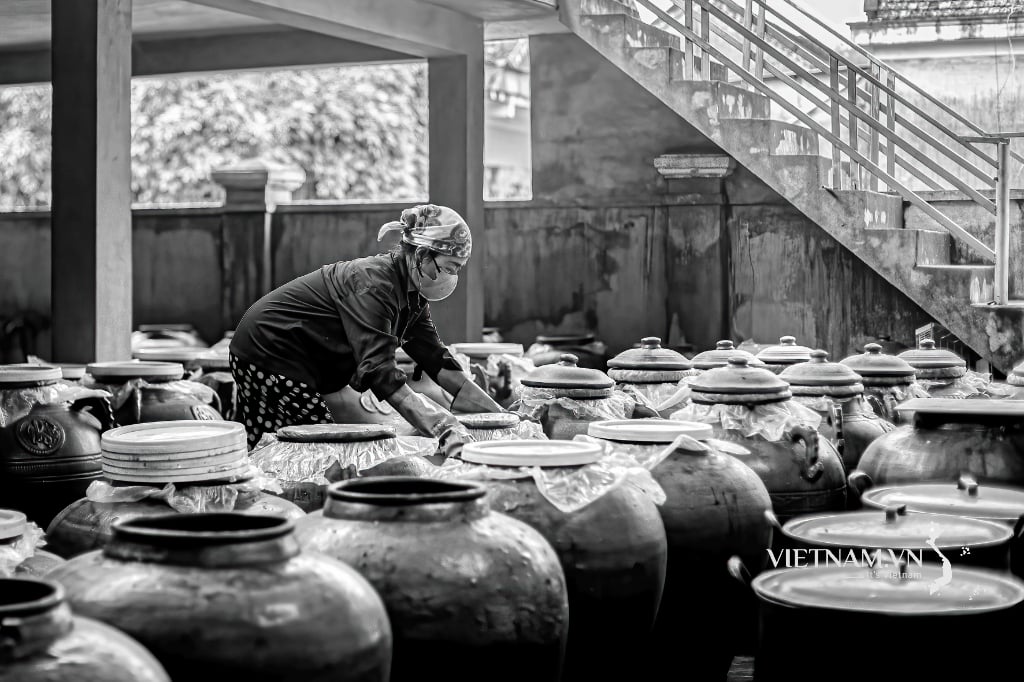

Comment (0)